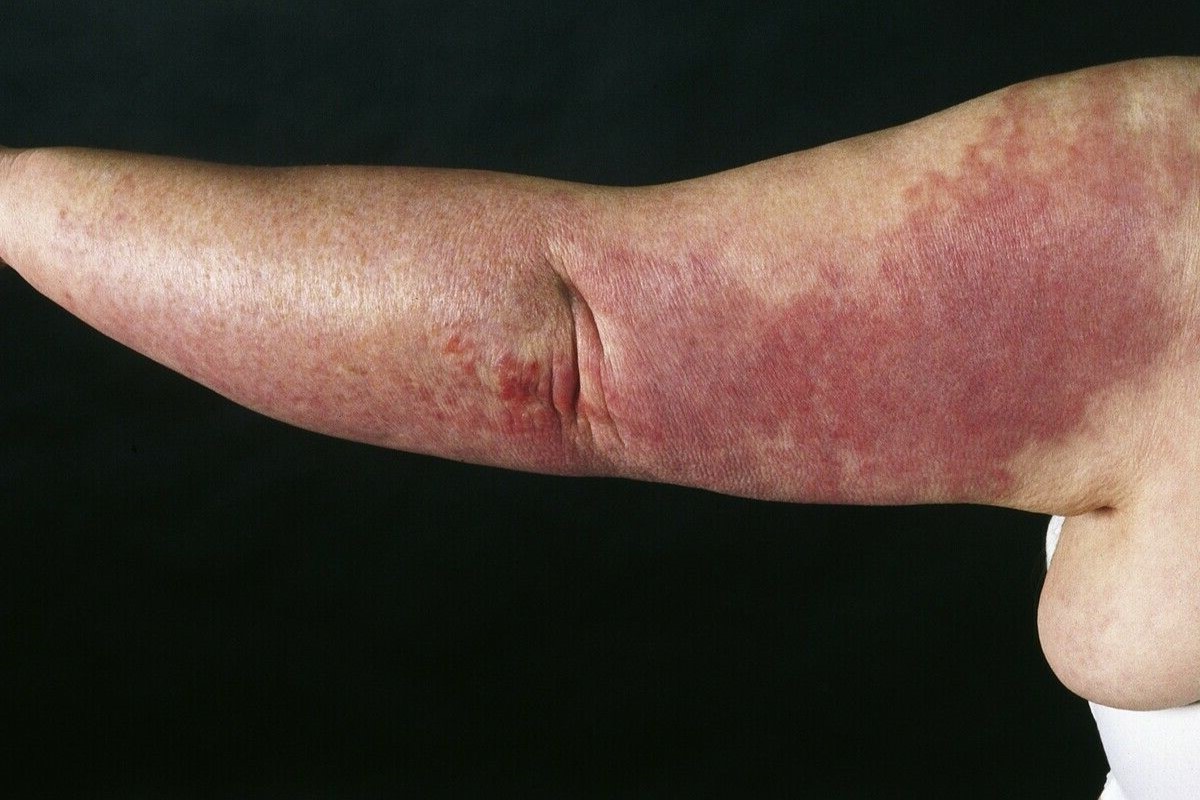
Calciphylaxis is a rare but serious condition that affects the skin and fat tissue. It occurs when calcium accumulates in small blood vessels, leading to blood clots, painful skin ulcers, and potentially life-threatening infections. What causes calciphylaxis? The exact cause remains unclear, but it’s often linked to kidney disease, especially in patients undergoing dialysis. Other risk factors include obesity, diabetes, and certain medications. Symptoms can be severe, including intense pain, skin discoloration, and open sores. Early diagnosis and treatment are crucial for improving outcomes. Understanding this condition can help in recognizing symptoms early and seeking appropriate medical care.
Key Takeaways:
- Calciphylaxis is a rare but serious condition that affects people with kidney disease. It causes painful ulcers and can be life-threatening, but early detection and treatment can improve survival chances.
- Preventing calciphylaxis involves managing calcium levels, regular monitoring, and weight control. Research is ongoing to find better treatments, and support groups can provide emotional help for those living with the condition.
What is Calciphylaxis?
Calciphylaxis is a rare, serious condition often seen in patients with chronic kidney disease. It involves calcification of blood vessels, leading to skin necrosis and painful ulcers. Understanding this condition can help in early detection and management.
- Calciphylaxis primarily affects individuals with end-stage renal disease (ESRD).
- The condition is also known as calcific uremic arteriolopathy (CUA).
- It involves calcium deposits in small blood vessels of the fat and skin tissues.
- These calcium deposits lead to blood clots, causing painful skin ulcers.
- Calciphylaxis can also affect internal organs, though less commonly.
Symptoms of Calciphylaxis
Recognizing the symptoms early can be crucial for treatment. Here are some common signs to look out for.
- Severe pain in affected areas is a hallmark symptom.
- Patients often develop purple or black patches on the skin.
- These patches can turn into non-healing ulcers.
- The ulcers may become infected, leading to further complications.
- Swelling and redness around the affected area are common.
Causes and Risk Factors
Understanding what causes calciphylaxis can help in preventing it. Here are some known causes and risk factors.
- High levels of calcium and phosphate in the blood can trigger calciphylaxis.
- Patients on dialysis are at higher risk.
- Obesity is a significant risk factor.
- Diabetes increases the likelihood of developing calciphylaxis.
- Certain medications, like warfarin, can also contribute.
Diagnosis of Calciphylaxis
Diagnosing calciphylaxis involves several steps. Early diagnosis can improve outcomes.
- Blood tests are often the first step in diagnosis.
- Elevated calcium and phosphate levels can indicate the condition.
- A skin biopsy can confirm calciphylaxis.
- Imaging tests, like X-rays, can show calcium deposits.
- Doctors may also use MRI or CT scans for a detailed view.
Treatment Options
Treating calciphylaxis is challenging but possible. Here are some common treatment methods.
- Reducing calcium and phosphate levels is crucial.
- Dialysis adjustments can help manage the condition.
- Medications like sodium thiosulfate are often used.
- Pain management is essential for patient comfort.
- Wound care is critical to prevent infections.
Prognosis and Survival Rates
The prognosis for calciphylaxis varies. Understanding survival rates can offer some perspective.
- The condition has a high mortality rate, often exceeding 50%.
- Early diagnosis and treatment can improve survival chances.
- Patients with fewer comorbidities generally fare better.
- Infection is a leading cause of death in calciphylaxis patients.
- Continuous monitoring is essential for improving outcomes.
Preventive Measures
Prevention is better than cure. Here are some steps to reduce the risk of calciphylaxis.
- Maintaining balanced calcium and phosphate levels is crucial.
- Regular monitoring for patients on dialysis can help.
- Weight management can reduce risk.
- Controlling diabetes is essential.
- Avoiding certain medications, like warfarin, may be beneficial.
Research and Future Directions
Ongoing research aims to find better treatments and understanding of calciphylaxis. Here are some promising areas.
- New medications are being tested for effectiveness.
- Genetic studies may offer insights into susceptibility.
- Improved dialysis techniques are under investigation.
- Research into wound care methods is ongoing.
- Studies on the role of diet in managing calciphylaxis are being conducted.
Living with Calciphylaxis
Living with calciphylaxis can be challenging. Here are some tips for managing daily life.
- Pain management strategies are crucial.
- Regular follow-ups with healthcare providers are essential.
- Proper wound care can prevent complications.
- Emotional support and counseling can help.
- Joining support groups can provide a sense of community.
Myths and Misconceptions
There are many myths surrounding calciphylaxis. Here are some common misconceptions debunked.
- Calciphylaxis is not contagious.
- It is not solely caused by poor diet.
- The condition can affect people without kidney disease, though rarely.
- Not all patients with high calcium levels will develop calciphylaxis.
- Early diagnosis and treatment can significantly improve outcomes.
Final Thoughts on Calciphylaxis
Calciphylaxis is a rare, serious condition that demands attention. Understanding its symptoms, causes, and treatments can make a big difference. Early diagnosis and proper care are crucial for managing this disease. Patients often face severe pain and complications, so support from healthcare providers and loved ones is vital.
Staying informed about the latest research and treatment options can help those affected. While there's no cure yet, advancements in medical science offer hope. If you or someone you know shows signs of calciphylaxis, seek medical advice immediately.
Remember, knowledge is power. By spreading awareness, we can help those suffering from this condition and push for better treatments. Stay proactive, stay informed, and support those in need.
Frequently Asked Questions
Was this page helpful?
Our commitment to delivering trustworthy and engaging content is at the heart of what we do. Each fact on our site is contributed by real users like you, bringing a wealth of diverse insights and information. To ensure the highest standards of accuracy and reliability, our dedicated editors meticulously review each submission. This process guarantees that the facts we share are not only fascinating but also credible. Trust in our commitment to quality and authenticity as you explore and learn with us.


